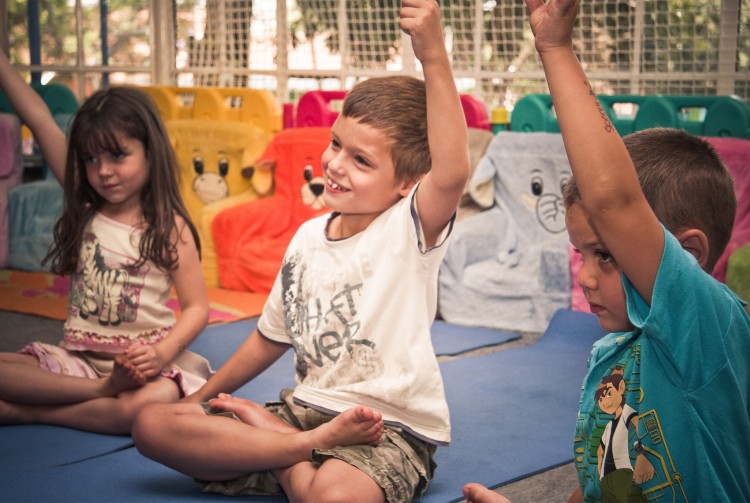Student engagement isn’t just a feel-good, new-age aspiration. In fact, studies have demonstrated a consistent correlation between student engagement levels and various measures of academic performance, including grades and critical thinking. Active participation enhances pedagogical efficacy by raising pupils above their traditionally passive role.
Without question, the success that teachers have had with active learning can extend beyond the walls of the traditional classroom and into a homeschool setting as well. Read on to learn how parents who homeschool can empower their kids to become more active participants in their education.
The Homeschool Pause Procedure
Before we delve into specific strategies, consider the definition of active learning from Bonwell and Eison (1991): “involving students in doing things and thinking about the things they are doing.” One way that homeschoolers can create such an environment is through the pause procedure, which asks the instructor to pause every 12–15 minutes so students can work in pairs or groups, complete a brief writing activity, or formulate questions. In one study, groups that used the pause procedure received scores that were two letter grades higher on average than the control group.
Personal Response Cards
Researchers fault traditional lectures because the questions asked by the instructor are typically rhetorical, and even if the question warrants an answer, students only have the chance to respond if they raise their hand immediately. A more participatory alternative for homeschoolers is to give students personal response cards with the letters A–D written on them. Every few minutes, homeschooling parents can pose a multiple-choice question to their children, who can respond by holding up the appropriate card. These cards can increase engagement and exam scores.
Biographical Presentations
When students know no personal details about people they study, disengagement is inevitable. To make reading assignments and other material come to life, homeschoolers might consider having students give brief presentations on who the person they’re studying was and why they should care. The presentations should cover the highlights of the person’s life, perhaps emphasizing his or her childhood to pique the student’s curiosity and make the person more relatable. The presentations only have to be a minute or two long, and parents might consider allowing students to choose the person on whom they present.
Laughter Is the Best Lesson
Researchers resoundingly endorse the use of humor in the classroom to enhance learning, no matter what the setting, grade level, or subject matter. Homeschooling parents can leverage the benefits of humor by featuring a joke of the day or a top five or top ten list. Even better, parents can invite their children to bring an appropriately funny joke, cartoon, acronym, or riddle with them to class that pertains to the daily lesson. Studies show that humor gets students’ attention, thus improving memory and learning outcomes.
Whether in a conventional or homeschool classroom, the benefits of active learning are too powerful to ignore. By creatively encouraging student participation with these four strategies, homeschooling parents can get their kids more engaged in learning. If you would like more information on curriculum, be sure to visit K12 to sign up for regular updates on the latest educational trends.
Image via Flickr by Axel Buhrmann





































